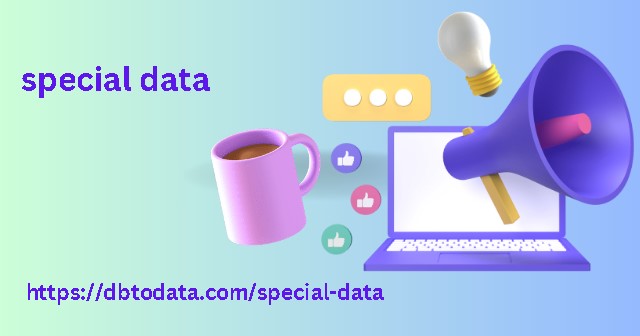We already have data model in Looker Studio. And well, yes, it is true, we have introduc some modeling to the GA information in Looker Studio, but you will agree with me that we can only do this for very critical and specific data. The process is too complex, limit and tious to be worth replicating for large amounts of data.
Still, it’s nice that there are possibilities like
BigQuery, MySql and Google SpreadSheets that help us round out our reports. The topic of spreadsheets is especially interesting to me because we don’t only have analytics APIs. We can load a multitude of APIs there and use these sheets as a bridge to create a dashboard with data not just from Google. A simple look at ” Supermetrics ” can give you an idea of everything you can integrate in this way.
I think we’ve cover a good amount of
The tool’s features and its applications seem pretty obvious. Implementing dashboards using Looker seem extremely easy, even more so than creating band database custom reports in GA4. However, as we dig deeper, we realize that the road ahead involves a considerable amount of work.
From standardizing data to creating
Additional sources to enrich our information, and finally, making sure that everything is present in a coherent manner, highlighting the most relevant why corporate communications is such an important data above the rest. We have hundrs of hours of “fun” guarante with this new tool.
How search intent is born
SEO is not dead, it has been transform and keywords are no longer the main focus of its analysis. SEO is not dead, no, but its most current version has had a lot (or everything) to do with the metamorphosis of the search engine itself, which took a direction to become something more useful for the large mass of users who use it. Here we explain tg data how Google stopp being the search engine we knew and has transform into something bigger.

